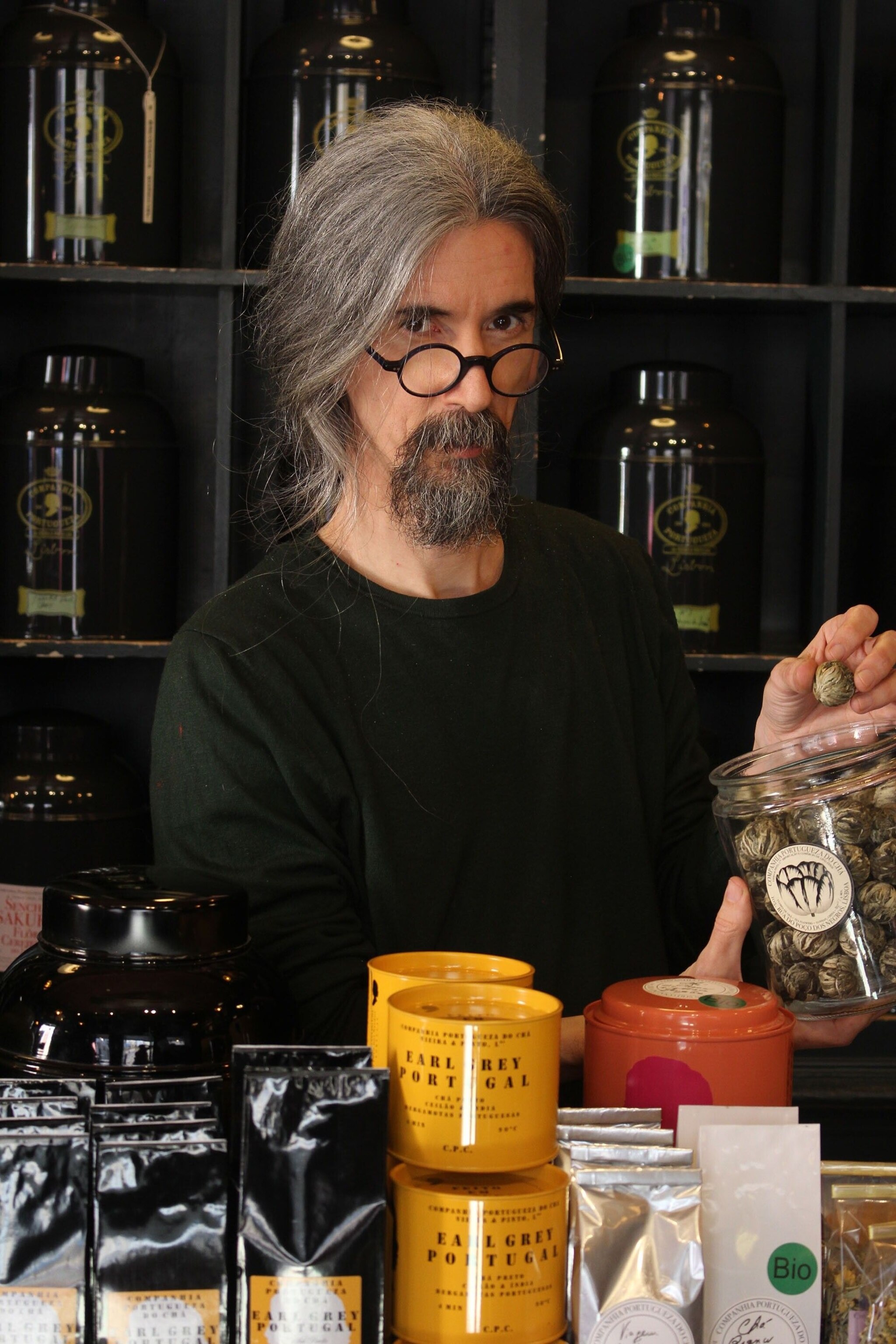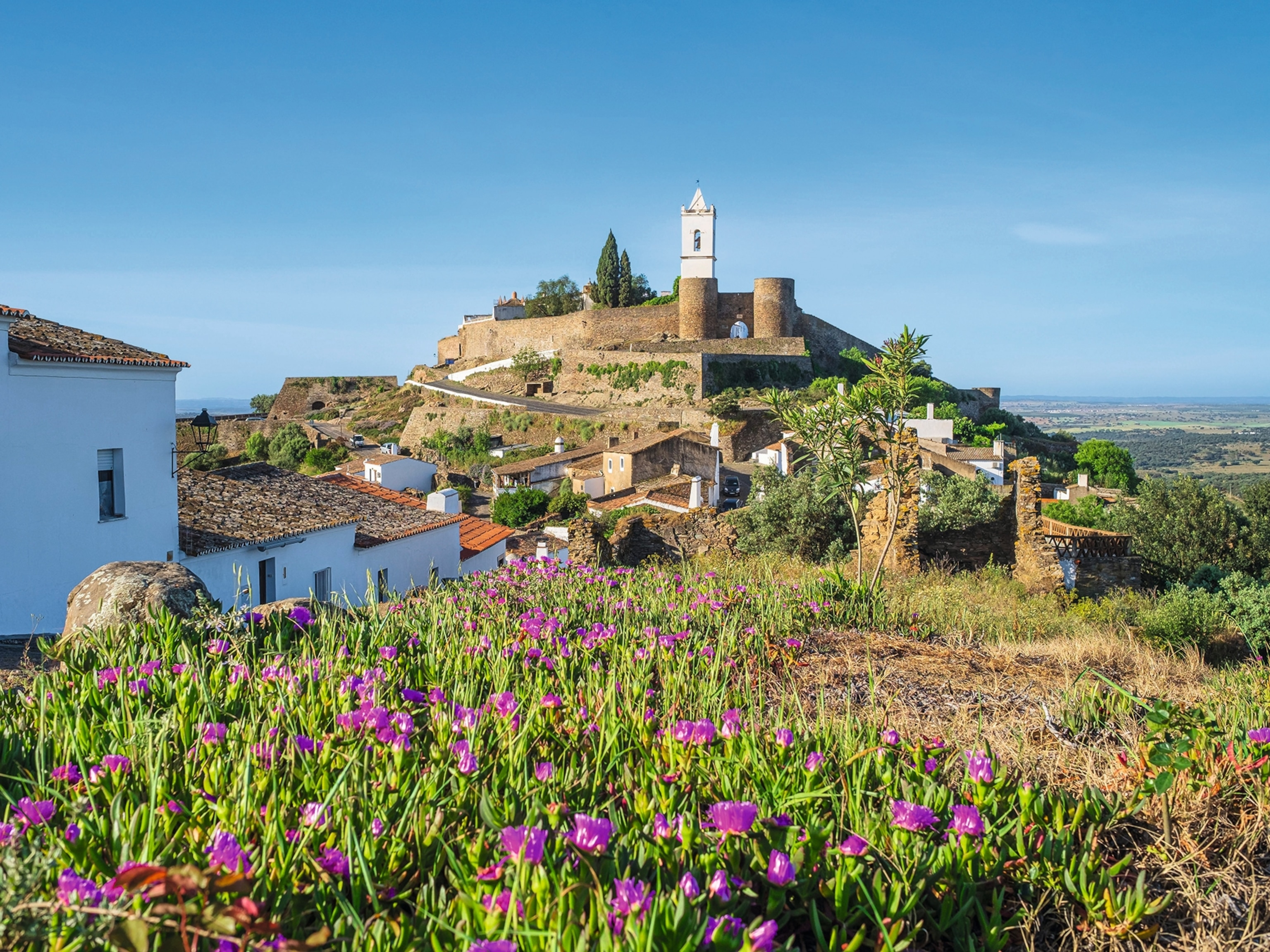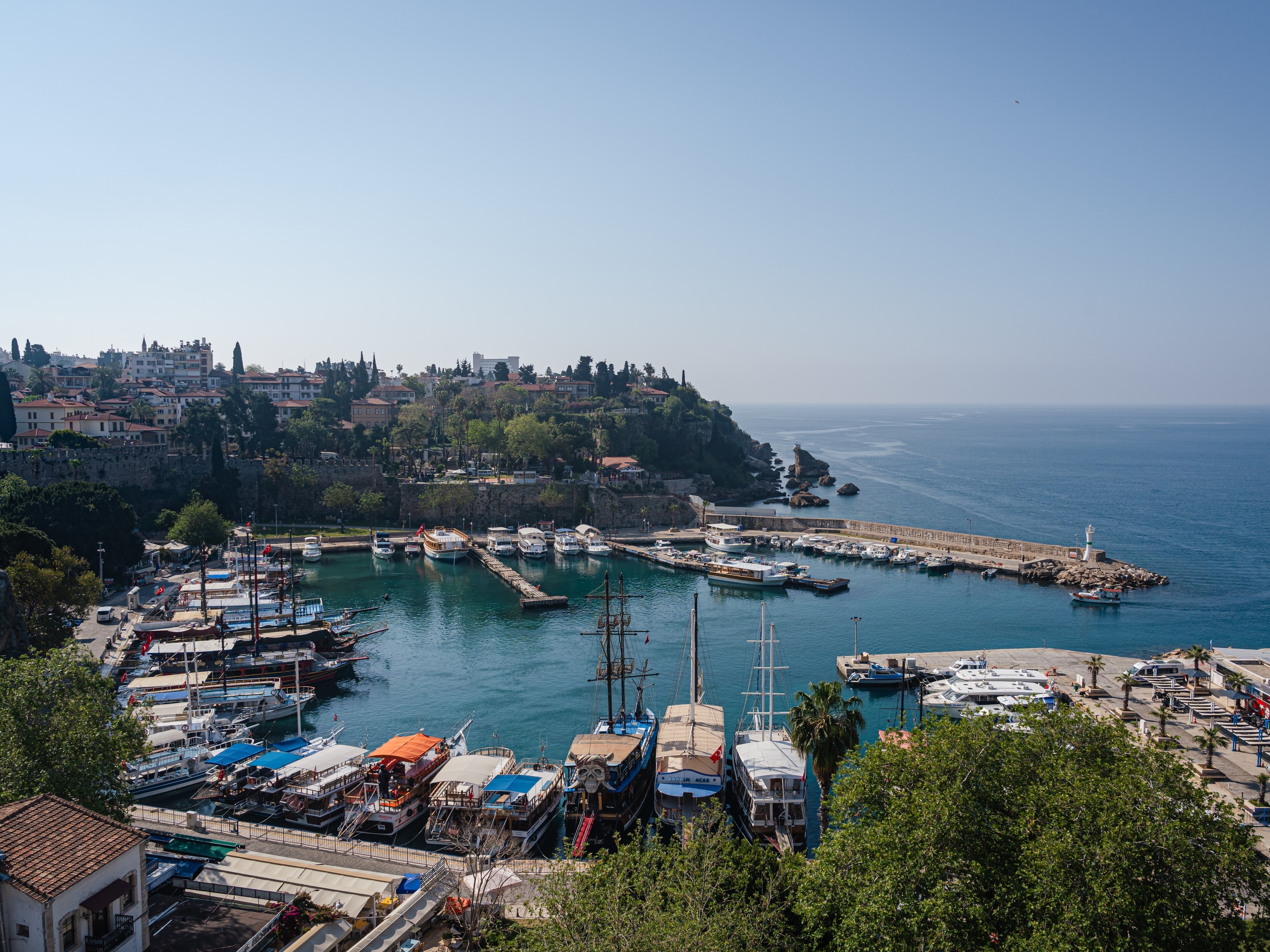
Meet the maker: the tea sommelier of Lisbon
Meet Sebastian Filgueiras, the man who’s determined to re-establish Portugal’s historic original tea culture.
The taking of tea is a profound moment of the day for Sebastian Filgueiras. “Drinking tea is very spiritual,” he explains. “It’s a connection moment, a time to sit down, go inwards, and tune into your emotions. Drinking coffee is social, but tea… tea is introspective.”
The Argentinian first became fond of tea while still a child, and his reverence for it only grew during sommelier training in both Barcelona and London. Now he wants to share his passion among his adopted homeland, via his tea shop, Companhia Portugueza do Chá, located on a cobbled street in the São Bento neighbourhood of Lisbon.
(Meet the sommelier who tastes water instead of wine)
Portugal was the first country in Europe to develop a tea culture, due to its 14th-century sea trade with India and China, and it was Portuguese princess, Catherine of Braganza, who introduced tea to the English, when she married King Charles II. Today, however, Portugal’s cafes are more synonymous with strong expressos than exceptional cups of ‘chá’ — but Sebastian, with his steady stream of regular customers, is determined to make a difference.
The shop itself feels like a hallowed space, with its polished wood interiors and hushed atmosphere. As you enter there’s a fragrance of cinnamon, jasmine, and citrus in the air. The walls are lined with huge dark tins containing more than 200 types of loose-leaf teas from some of the world’s smallest and most remote ‘tea gardens’. Each one is neatly labelled with scrawling writing — Sichuan Yuan Ya, Flôr de Madagascar, Ceremonial Matcha.
Sebastian tests every single one and mixes all blends by hand in his workroom behind the shop. Surrounded by bags and bowls of tea leaves, flowers, herbs, spices, and teapots of all shapes and sizes, he quietly pours boiling water over leaves in tiny porcelain cups.
“When you’re tasting a new tea, it’s an electric, nervous feeling,” he says, inspecting a cup of Mao Feng green tea. “You can see the textures, and colours, and, if it’s bad, you can feel it in the odour. There’s a lot of information in the tea leaf too. The first flush (harvest) in spring is the most important — it’s when the leaf comes alive and all the minerals in the soil come out in it. The autumn harvest is very nice too, the flavours are more like boiled fruit and muscatel.”
“This tea is creamy,” he says, taking a sip of the greenish liquid. “It’s got a note of white flowers like jasmine and magnolia, a peachy red fruits flavour, and a hint of asparagus and artichoke, like all Chinese teas.”
Sebastian is also keen to elevate Portugal as a tea producer, and his tea blends might include pink rose petals from Arrábida Natural Park, blood oranges from the Algarve, lavender and bergamot from the Alentejo region, and white and black teas from the Azores — and the only place in Europe to grow tea.
“A new generation is discovering tea again,” says Sebastian. “And I think it’s a door we need opened here in Portugal.”

Three to try: Europe’s tea shops
Hebden Tea, York
This shop sources directly from small produces, and for this reason stocks teas that are not found anywhere else in the world. It has wide selection including house blends and specialist teas such as pu-Erh and oolong.
Mariage Frères, Paris
For almost 170 years, Mariage Frères has been selling speciality teas, including some of the rarest in the world. Dedicated tea nerds can choose teas according to harvest dates and take tasting workshops.
A.C. Perch, Copenhagen
This Danish tea shop has been selling tea since 1835, making it one of the oldest in Europe. The company works with plantations and smaller tea gardens and is signed up to the Ethical Tea Partnership.
Follow us on social media
Facebook | Instagram | Twitter





